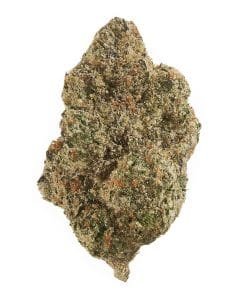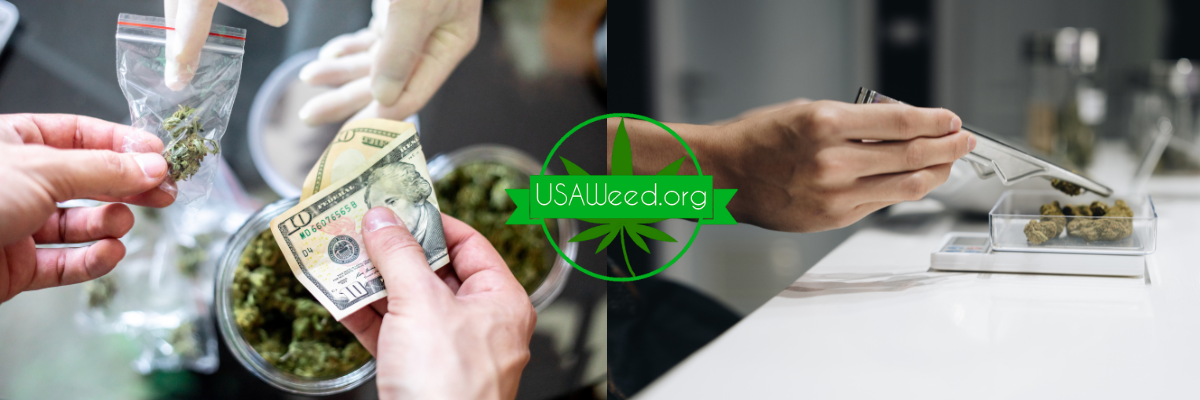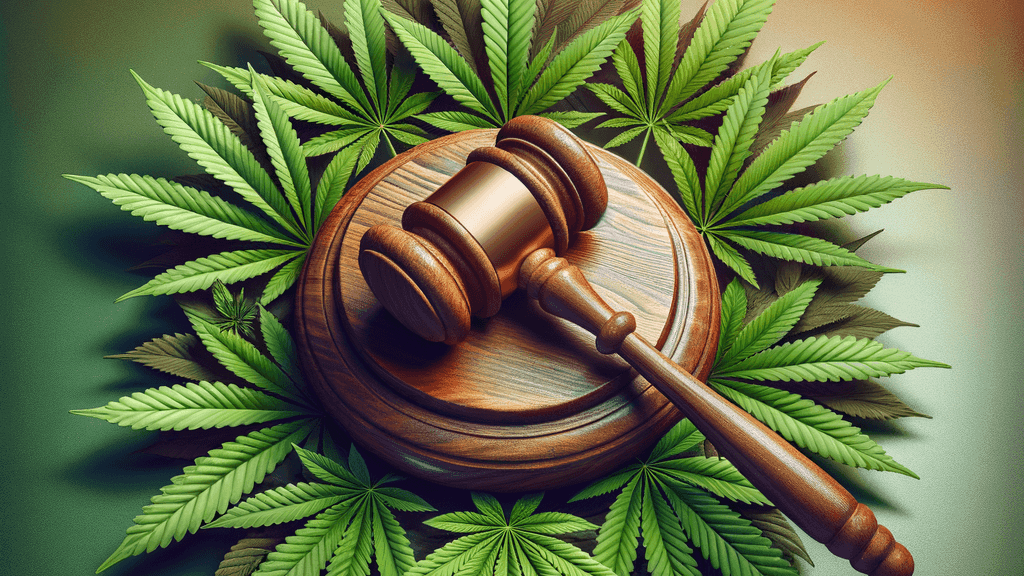Marijuana has become famous over the past few years, particularly for its health purposes. However, one thing that has caught the attention of many users is the rise in THC levels. THC is the primary substance that causes the “high” effects. Understanding how its level has increased over time is important for users to stay informed and safe. Below is a detailed look into how this component has changed in concentration and what contributes to the increase.
What is Considered a High Percentage?
The THC percentage, like any other hemp topic, has spurred unending discussion. What is considered a high THC concentration may vary depending on who you ask. However, according to most experts, anything between 8-10% by dry weight is considered the low end of common THC strains. On the other hand, anything above 30% by dry weight is regarded as high potency.
It is also important to note that there exist limits on the compound percentage. For instance, it is difficult to find cannabis strains with more than 35% total THC by dry weight. However, some formulas like dabs and oil can have THC surpassing 60% by dry weight. Consumers should understand that high potency does not always mean quality. That is because high THC levels may deliver strong, high experiences but cause more adverse effects.
A Historical Perspective of THC Levels

Weed has significantly evolved in the past few decades, with THC percentage becoming higher than ever. For instance, according to the potency monitoring results, the average THC level was around 4% between the 1970s and 1990s. The percentage increased dramatically to 8-10% in the early 2000s. The average THC levels later rose to around 15% between 2010 and 2020, with formulas like wax and oils becoming widely popular.
Today, it is common to get many strains with 25-30% THC levels. Some highly concentrated products even have as high as 60% THC levels, especially those in wellness markets. Several factors contribute to this increase, such as selective breeding and advanced cultivation and extraction methods. Modern farmers breed plants to enhance THC content while reducing cannabidiol concentration. Today’s cultivation and extraction processes also produce concentrates with THC levels exceeding 60% and, in some cases, and in some cases, up to 90%.
Buyers looking for quality products have also forced producers to focus on highly concentrated strains. This has led to the market responding to the change by providing a wide range of products with high concentrations. The increasing market demand has also led to the growth of many shops that focus on satisfying customer needs, such as JARS Cannabis New Buffalo.

What Increased Percentage Means for Consumers
The increase in THC levels has positive and negative effects, particularly based on the user’s goals and tolerance levels. For instance, high concentration can be effective for chronic pain management. It can also assist those undergoing medication by reducing nausea and stimulating appetite. Higher levels of synthetic THC have shown potential for alleviating sleep problems like sleep apnea and PTSD-related nightmares.
However, with these benefits comes the need to evaluate potential risks associated with increasing levels. For example, beginners are more likely to experience more intoxication effects. Consuming highly concentrated products may also lead to faster tolerance and overdependence over time. Determining the right dosage can be difficult, especially for edibles and concentrates. As the market grows, consumers must understand how the increasing THC potency can affect their bodies.
The Increasing Regulatory Gap in Potency
The increasing legislation gap is another factor consumers should be aware of. As the hemp plant becomes legal across states, there is a significant difference in how states regulate THC potency. Some countries have been imposing strict THC caps, while others are adopting more lenient or educational strategies. For example, Florida approved Senate Bill 7050, proposing capping THC levels at 30% for smokables and 60% for concentrates and vaporizers. The proposal also limits edibles to 200 milligrams of THC per package.
Conversely, states like Maryland eliminated THC potency caps on various product categories. They shifted their focus to consumer education and comprehensive labeling to help users make informed purchasing decisions. These varying regulations have several implications.

For instance, inconsistent limits can confuse consumers traveling to different states. Markets with stricter caps may also limit product availability, potentially pushing consumers to seek products from neighboring states with more lenient laws. More ongoing dialogue and research are needed to balance these regulatory inconsistencies.
Endnote
The increasing THC level has changed how consumers experience cannabis. However, as products become more concentrated, users must approach their choices with heightened awareness and responsibility.
This calls for key considerations when buying these products, such as personal THC tolerance, desired outcomes, and consumption methods. Selecting products with detailed labeling and batch testing is also crucial to minimize adverse effects associated with high potency. Remember, the goal is to seek the highest potency and get the right balance that promotes a positive experience.



Why is the price of weed so cheap in Denver? I love this place!!!